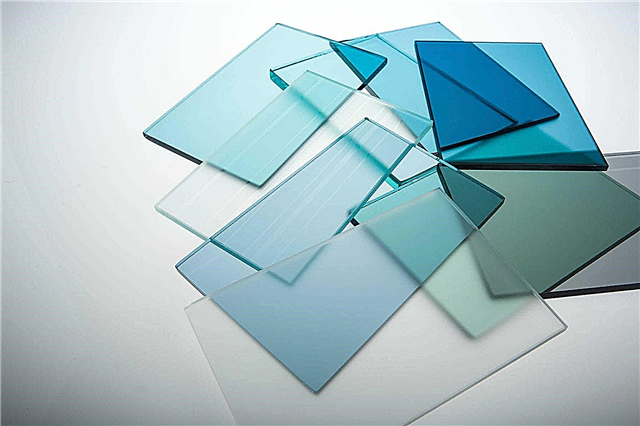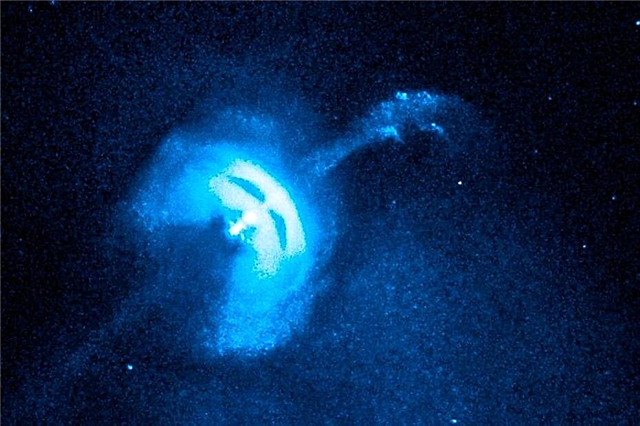
Dry hair stands on end, attracted to the comb. During a summer thunderstorm, broken bright stripes slip between the ground and the clouds.
These are all examples of static electricity. They talk about static electricity when the usual objects around us - hair, fur, a blanket, clouds, earth - receive an electric charge. And get it on time.
The nature of hair electrification
To understand the nature of this phenomenon, it is necessary to understand the behavior of atoms. We know that each atom has a positively charged nucleus in the center. There are positively charged protons and neutral neutrons in the nucleus. The nucleus is surrounded by a cloud of negatively charged electrons. These electrons are attracted by positively charged protons. The force of this attraction prevents the destruction of the atom, that is, the separation of electrons from it. It must be said that this is a very powerful electromagnetic force. Without it, everything in the Universe would fall apart into a random pile of particles.

If the nucleus contains three protons, then the electron cloud must contain three electrons to balance the charge of the nucleus. Thus, the whole atom is electrically neutral, it does not carry the resulting electric charge. All physical bodies around us are made up of atoms, and therefore are also electrically neutral, that is, they do not carry any electric charge.
Sparks of static electricity appear when the bodies briefly receive an electric charge, that is, they are charged. To charge means to disrupt the atom’s charge balance by gaining or losing a certain number of electrons.It is very easy to charge your hair by combing it in a dry room. The comb removes electrons from the hair, and both bodies: the comb and hair - are charging.
Static electricity and hair
The reason for the redistribution of charges is friction. The frictional force arises when there is a close contact and mutual movement of two surfaces. The hair and plastic teeth of the comb look even and smooth. But if we could shrink to the size of an atom, we would see a very hilly landscape: here and there are scattered piles of atoms. When the hair is combed, the atomic "hills" of hair cling to the atomic "valleys" of the teeth of the comb, and vice versa.
Interesting fact: Static electricity occurs when bodies are temporarily charged.
The frictional force decreases in a humid room, because the water deposited on the hair and comb smooths the atomic hills and ravines. Similarly, friction is reduced if the hair is oily. The grease film allows the teeth of the comb to glide smoothly. But if the hair is dry and there is little water vapor in the air in the room, then here it is - the force of friction will show its effect. At the same time, the electrons break away from the hair and adhere to the atoms of the comb. Electrons carry a negative charge, so the comb also charges negatively.
Interesting fact: friction increases in a dry room.
In this case, the hair loses electrons and charges positively. And since charges of opposite signs are attracted, positively charged hair sticks to the negatively charged comb with annoying tenacity.Lift up the comb and you will see how the hair obediently stretches after it. Over time, the atoms receive the missing electrons or get rid of excess and normal electrical equilibrium is restored.












